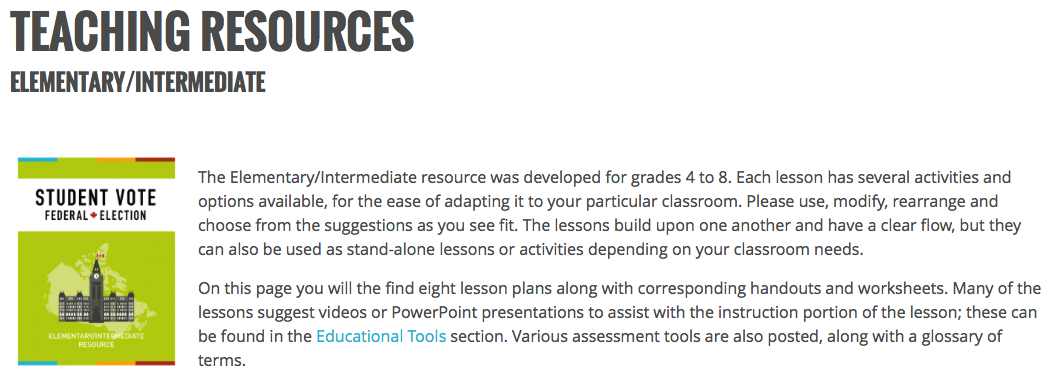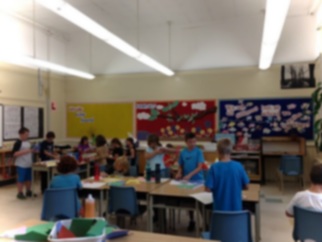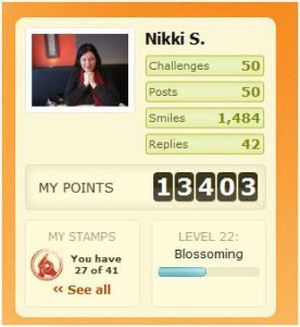Rounding Numbers...
Then I asked a series of questions to gather knowledge of what the students already knew and what some of them may need to review further:
- What's the smallest number?
- What's the biggest number?
- What's the longest number?
Next, I gave the instruction to group the numbers together...
- 1-digit, 2-digit, 3-digit, etc
- one with a decimal
- numbers ending in 0
- numbers already rounded
- numbers needing rounding
Then, I just randomly asked them to round certain numbers:
- What is _________ rounded to the nearest (ten/hundred/thousand)?
- How do you know?
We came up with the rules pictured in the top left of the picture:
- 5 or higer, round up
- 4 or lower, round down
- If rounding to the nearest ten, look at one's place
- If rounding to the nearest hundred, look at ten's place
- If rounding to the nearest thousand, look at hundred's place
I was able to ascertain that the students had a pretty firm understanding of the concept of rounding, which was further substantiated when I circulated around the room whilst the students were working on their task:
The Rounding Game (left by the classroom teacher):
- Roll 2 dice & round to the nearest 10; roll 3 dice & round to the nearest 100; roll 4 dice & round to the nearest 1000.
- They were to do each 2 times, but I'm seeing how you could easily vary this, as some of the students told me they did (after having played in the last class).
Canadian Government/Political Parties...
Student Vote is a parallel election for students under the voting age, coinciding with federal, provincial, territorial and municipal elections.
The purpose is to provide young Canadians with an opportunity to experience the voting process firsthand and build the habits of informed and engaged citizenship.
Since 2003, 26 Student Vote programs have been conducted across Canada. In the last federal election, 563,000 students cast ballots from 3,750 schools.
WHY IS IT IMPORTANT?
Voter turnout in Canada has been declining for decades at all levels elections, particularly among young people.
Studies have also shown that habits of voting and non-voting persist over time, so if young people don’t vote now, there is good reason to believe that they won’t become voters later in life.
By practicing the habits of informed and engaged citizenship at an early age, students will be more inclined and prepared to participate in our democracy when they graduate high school.
... and a little Art History... Painting with Scissors - Creating in the Style of Henri Matisse:
Whole-Class Engagement... Bam!
When the students bring me their finished, or in-progress piece, I ask:
What do you call your piece? - the answer tells so much (hitting communication and literacy curriculum expectations). Students who love to tell stories have a chance to shine:)


















 RSS Feed
RSS Feed
